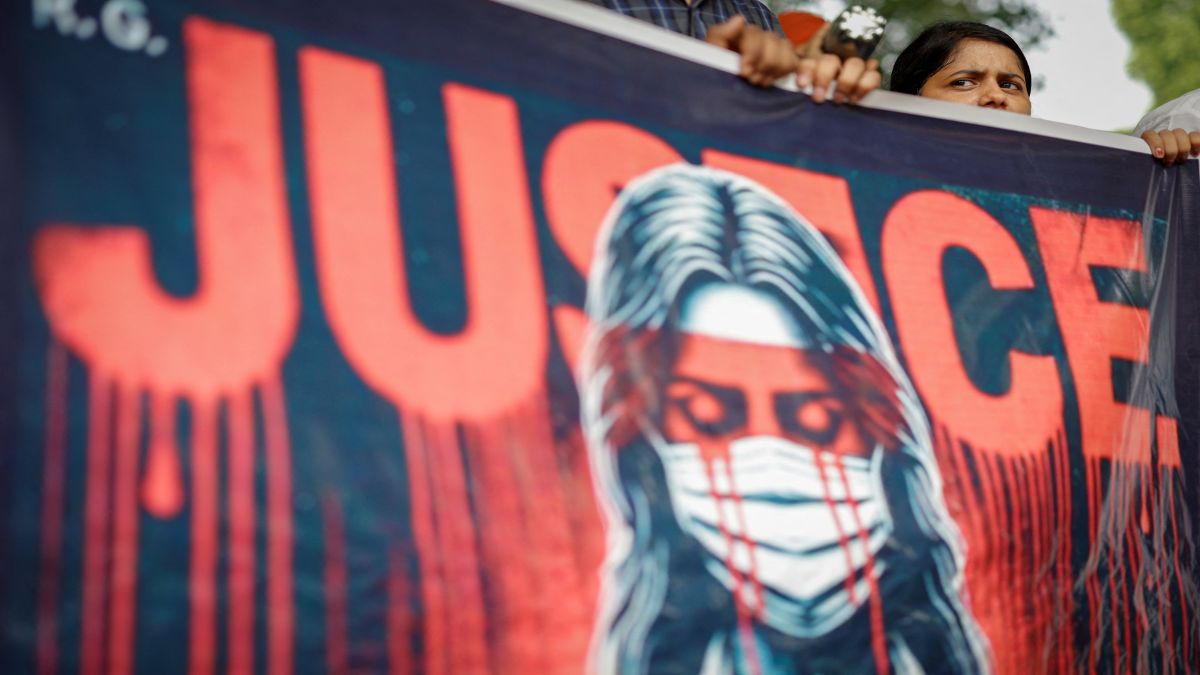The National Crime Records Bureau (NCRB) is the source for all data on crime. Depending on the year, roughly, there are around 32,000 rape cases a year. Normalised for population, such as the rape rate (per 100,000), this is not a large number. Of course, there are problems with data and definitions. Not all rape is reported. There are some estimates that more than 70 per cent of rapes go unreported, not a problem that is specific only to India. Marital rape apart, if rape ends in murder, in crime data, it may show up as murder rather than as rape.
All rape is heinous, but some instances are so barbaric that they agitate the country. The recent Kolkata rape-murder in R.G. Kar Hospital is one such. There have been others — Ajmer in 1992, Delhi in 2012, Mumbai in 2013, Unnao in 2017, Hathras in 2020. Every time there is a high-profile and visible case, there is uproar and demand for more stringent penalties against rape. There are known problems with the criminal justice system. The conviction rate varies, depending on the type of crime. When one uses the expression conviction rate, one means from the time the charge-sheet is filed. For murder, the conviction rate is around 42 per cent. For all IPC crimes, it is almost 60 per cent. But for rape, it is only around 28 per cent. The conviction rate for rape used to be far higher a few decades ago.
Everyone wants a rapist to be punished. Why is the conviction rate so low, despite fast track courts after the Delhi rape case? Lack of evidence and witnesses, prolonged trials making both difficult. A few decades ago, delays weren’t that bad. I sometimes wonder whether it would have been better to continue with jury trials. (The 1973 Criminal Procedure Code ended jury trials. The Nanavati case wasn’t the last one with a jury.) If a group of jurors have been brought together, the likelihood of interminable adjournments and delays is lower.
In a broader vein, criminal justice reform cannot occur without police reform and all states have been reluctant to address that. (The Prakash Singh case was from 2006, eighteen years ago and state-level action on the Supreme Court’s seven directives doesn’t make for happy reading.) But whether there is movement or not, when there is public uproar, there must be the impression of movement. Accordingly, in West Bengal, the Aparajita Women and Child Bill 2024, was introduced in the Assembly and passed. The first entry in the Concurrent List is on criminal law and the second on criminal procedure. Therefore, both Union and state governments have a right to legislate.
Impact Shorts
More ShortsWhat if there is a conflict between two sets of legislation? For instance, Aparajita goes beyond Bharatiya Nyay Sanhita (the old IPC), the Bharatiya Nagarik Suraksha Sanhita (the old CrPC) and POCSO Act. In Aparajita’s case, the West Bengal Governor has referred the Bill to the President, without taking any individual call on it. Similar other Bills (Andhra Pradesh and Maharashtra) have also been referred to the President and have not yet received the President’s assent. (I believe there is one for Arunachal too, but I am not sure.) The point is that if there is a conflict between Union laws and State laws, Union laws override State laws.
I cannot see the President granting assent to the Aparajita Bill. She can send it back for reconsideration, or she can sit on it, withholding assent. In either case, the West Bengal government will make mileage about the Bill not being passed. It isn’t about conflict between Union and State laws alone. In law, and in jurisprudence, there are certain principles of natural justice. How can one mandate that investigations must be completed within 21 days? How can one mandate that trials must be completed within 30 days? Even if such provisions were to be passed, the Supreme Court would strike them down. If the victim is in vegetative state, can there be a mandatory death sentence? If no discretion on this is left with courts and judges, the Supreme Court is likely to strike that down too.
It doesn’t take great foresight to figure this out. Nor is it the case that the West Bengal government lacks legal luminaries who know about the principles of law. The only explanation is that every government knows there is a difference between doing something and creating an impression about doing something. Given the angst, resistance and uproar, it was important to co-opt the cause and create an impression.
If the Bill isn’t passed, that can always be ascribed to the Union government, the President and the Supreme Court. I must say that Section 21 of the Bill foxed me a bit. “The provisions of this Act shall be in addition to and not in derogation to the provisions of any other law for the time being in force and, in case of any inconsistency, the provisions of this Act shall have an overriding effect on the provisions of any such law to the extent of the inconsistency.” To the extent I understand the law, the second part of this is plain illegal.
The writer, a well-known author and economist, is the chairman of the Prime Minister’s Economic Council. Views expressed in the above piece are personal and solely those of the author. They do not necessarily reflect Firstpost’s views.


)

)
)
)
)
)
)
)
)



